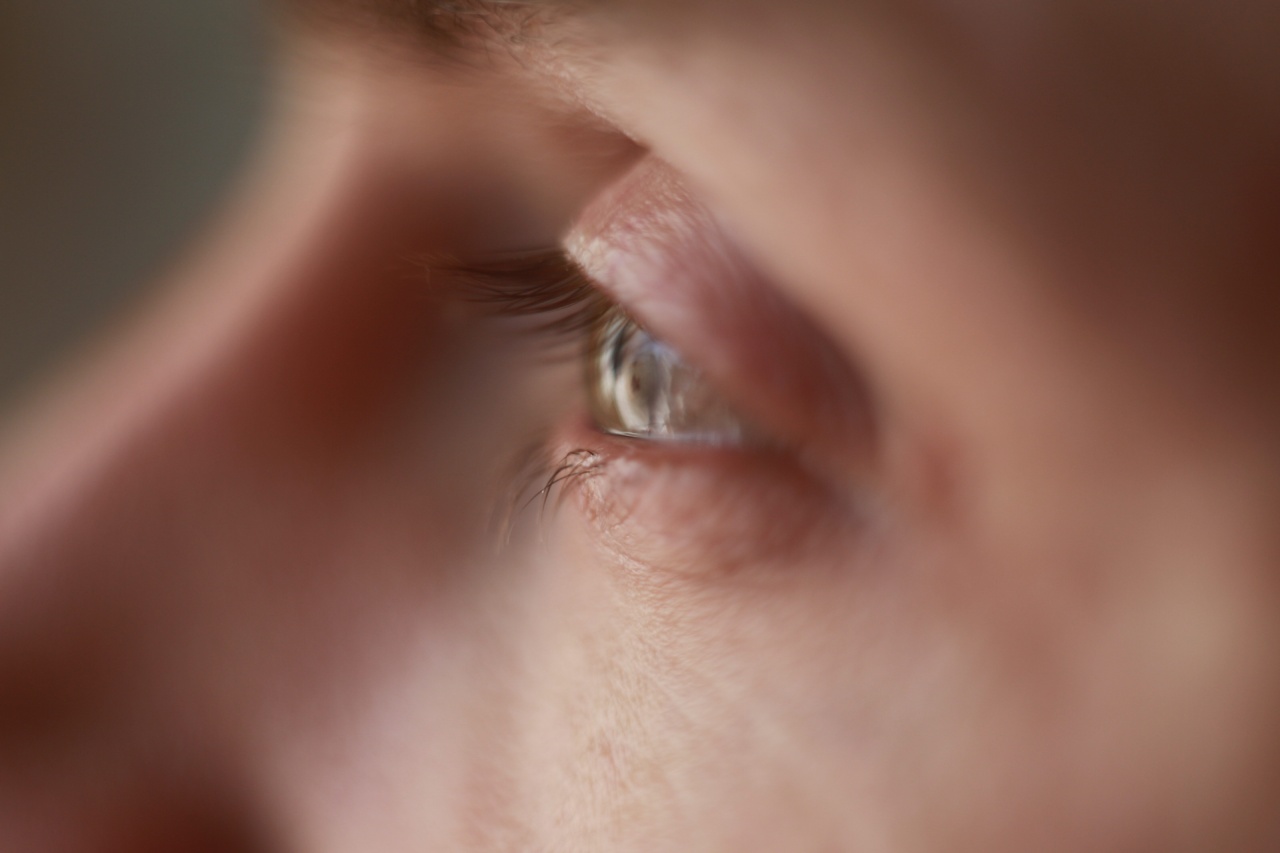Amblyopia, commonly known as lazy eye, is a silent vision problem that affects both children and adults. It occurs when the eye and the brain are not working together effectively, resulting in reduced vision in one or both eyes.
This condition, if left untreated, can lead to significant visual impairment. In this article, we will explore the causes, symptoms, diagnosis, and treatment options for amblyopia.
Causes of Amblyopia
Amblyopia can be caused by various factors, but the most common cause is strabismus. Strabismus is a condition where the eyes are misaligned and do not work together properly.
This misalignment prevents the brain from fully processing the visual input from both eyes, leading to the suppression and eventual loss of vision in the weaker eye.
Other potential causes of amblyopia include refractive errors, such as nearsightedness or astigmatism, in one eye.
If one eye has significantly better visual acuity than the other, the brain may favor the eye with clearer vision, causing the weaker eye to become amblyopic.
Symptoms of Amblyopia
It is important to be aware of the symptoms of amblyopia, as they can vary depending on the underlying cause. In cases of strabismic amblyopia, noticeable misalignment of the eyes may be observed.
This misalignment can be constant or intermittent, and it may be more apparent when the individual is tired or focusing on a specific task.
In refractive amblyopia, the affected eye may display signs of poor visual acuity, such as blurred or fuzzy vision.
Additionally, some individuals may complain of double vision or have difficulty judging depth perception due to the imbalance in visual input from both eyes.
Diagnosing Amblyopia
Amblyopia is typically diagnosed during childhood through a comprehensive eye examination. An eye care professional will assess visual acuity in each eye and perform tests to evaluate eye alignment and refractive errors.
The earlier the condition is detected, the better the chances for successful treatment.
The use of special charts, such as the Snellen chart, can help gauge visual acuity. In some cases, eye drops may be administered to temporarily blur the vision in the stronger eye.
This can help identify and measure the extent of visual impairment in the amblyopic eye.
Treatment Options
Early intervention is crucial for the successful treatment of amblyopia. The main goal of treatment is to encourage the brain to use the weaker eye and improve its visual capabilities.
Treatment options may vary depending on the severity and underlying cause of amblyopia, but they typically include:.
1. Patching
Patching involves covering the stronger eye with a patch, forcing the individual to rely on the amblyopic eye. This stimulates the brain to utilize the weaker eye and strengthens its visual function.
The duration and frequency of patching vary, but it is generally recommended to be done for a few hours each day. The length of treatment may range from several weeks to several months.
2. Vision Therapy
Vision therapy, also known as orthoptic therapy, aims to improve eye coordination and strengthen the connection between the eyes and the brain.
It involves a series of exercises and activities designed to enhance visual skills and reduce the suppression of the amblyopic eye.
3. Eyeglasses or Contact Lenses
In cases where refractive errors contribute to amblyopia, the use of corrective lenses may be prescribed. These lenses help to optimize vision in both eyes and promote equal visual input to the brain.
Regular eye examinations are essential to ensure that the prescription remains appropriate as the eyes continue to develop.
4. Medications
In some instances, atropine eye drops may be prescribed to temporarily blur vision in the stronger eye instead of using an eye patch.
This method allows for consistent visual input to the amblyopic eye and helps avoid anxiety or social difficulties that can arise from wearing a patch.
5. Surgical Intervention
In cases where strabismus is the underlying cause of amblyopia, surgical correction may be considered to align the eyes properly. Strabismus surgery involves adjusting the eye muscles to achieve better eye alignment.
Although this surgery can be an effective treatment, it may be combined with other therapies to maximize visual improvement.
Prognosis and Outlook
The prognosis for amblyopia depends on the age at which the condition is detected and the adherence to treatment protocols. Early intervention, typically before the age of 6, significantly increases the chances of successful treatment.
However, even in cases of late diagnosis, some improvement in visual function can be achieved with proper management.
It is important to note that treatment for amblyopia may not result in perfect vision, but it can significantly enhance visual acuity and reduce the risk of long-term visual impairment.
Regular follow-up appointments with an eye care professional are essential to monitor progress and make any necessary adjustments to the treatment plan.
Prevention of Amblyopia
While it may not be possible to prevent all cases of amblyopia, early detection and treatment of potential risk factors can help minimize the impact of the condition.
Regular eye examinations, especially during infancy and early childhood, can help identify and address any issues that may lead to amblyopia.
Parents should also be aware of common signs of amblyopia, such as eye misalignment, poor depth perception, or complaints of blurred vision.
Promptly seeking professional advice if any concerns arise is crucial to ensuring the optimal visual development of the child.
Conclusion
Amblyopia, the silent vision problem, can significantly impact the quality of life for those affected. Prompt diagnosis and appropriate treatment are essential in minimizing the visual impairment caused by this condition.
By understanding the causes, symptoms, and treatment options for amblyopia, individuals and parents can take proactive steps to detect and address the condition, ultimately helping to improve visual outcomes.





























